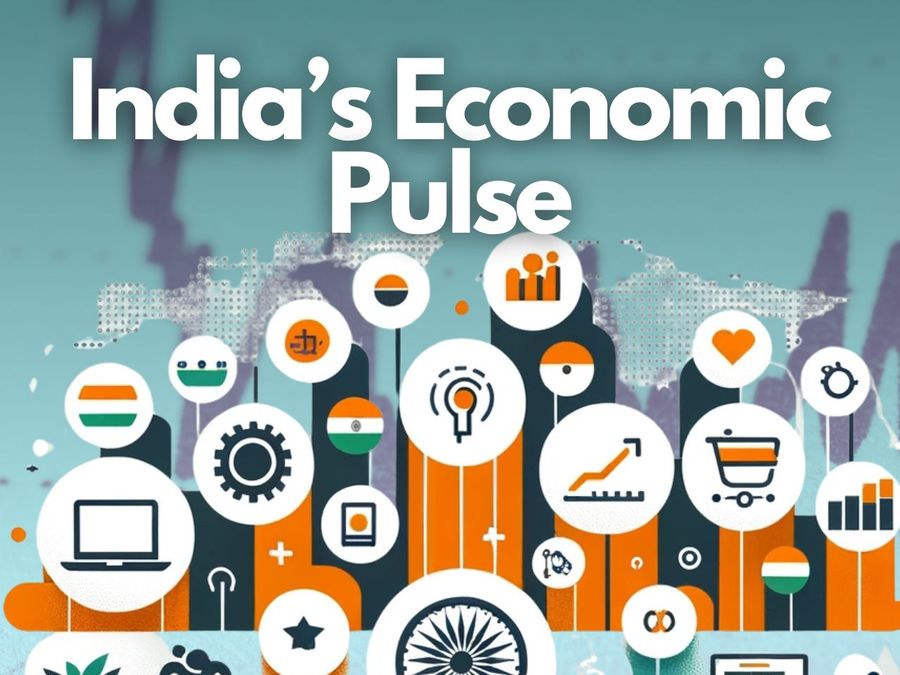


The country’s startup ecosystem is on a growth trajectory, with venture capital inflows surpassing the $3 billion mark in the second quarter. Noteworthy investments in sectors such as fintech, edtech, and healthcare are driving this momentum, with companies like Growtify and Eduspark securing $200 million and $150 million, respectively, in Series B funding rounds.
Meanwhile, the IT sector continues to expand. Infosys has announced a major hiring push, aiming to fill 10,000 positions across high-demand areas like AI, machine learning, and data analytics. Tata Consultancy Services also posted a 5% revenue growth, spurred by increasing demand for digital transformation.
In the realm of international trade, India recently signed a bilateral agreement with the European Union, expected to boost exports by $2 billion. The agreement is set to enhance market access for India’s textile and automobile sectors, contributing to the government’s ambitious goal of achieving $400 billion in exports by year-end.
For comprehensive updates on India’s economic landscape, investment trends, and startup innovations, TICE continues to bring key insights to its readers daily.
India’s factory output, indicated by the Index of Industrial Production (IIP), saw a promising rebound with a 3.1% growth in September, recovering from a slight dip of -0.1% in August. This growth, mainly driven by increased manufacturing activity, comes amidst indicators of slowed urban consumption, providing a temporary boost amid broader economic challenges.
October’s Consumer Price Index (CPI) reached a 14-month high of 6.21%, up from 5.49% in September, largely due to rising food costs, including key items like tomatoes and edible oils. This increase in inflation dampens hopes for a rate cut by the Reserve Bank of India (RBI) in December, as higher core inflation persists.
Read More: India’s Economic Outlook: Is It Poised to Become the Next Superpower?
According to a recent SBI Research report, an RBI rate cut in February also seems improbable due to sustained inflation. While a slight dip in inflation is anticipated from January, largely due to base effects rather than a fundamental reduction in prices, the inflation rate for FY25 is projected at around 4.8% to 4.9%, just above the RBI’s 4.5% target.
India has made significant strides in intellectual property, achieving a top-10 ranking globally across patents, trademarks, and industrial designs. With a notable 6.1% rise in trademark filings in 2023, led by key sectors such as health, agriculture, and clothing, the country now ranks fourth globally in trademark filings.
The Union Finance Ministry reported an 11% increase in the aggregate business of public sector banks (PSBs) in the first half of FY25, reaching Rs 236 trillion. Operating profits rose by 14.4% to Rs 1.5 trillion, while net profits surged by 25.6%, showcasing the robust performance of PSBs this fiscal year.
Union Finance Minister Nirmala Sitharaman will meet with state finance ministers on December 21-22 for pre-budget discussions and the 55th GST Council meeting. Decisions on tax exemptions or lower GST rates on health and life insurance are anticipated, which may provide relief for certain segments.
Non-Banking Financial Company-Microfinance Institutions (NBFC-MFIs) are forecasted to experience a moderate 4% growth in FY25, reflecting challenges in credit costs and yield compression. The sector, which had seen rapid growth post-COVID, now faces a period of stagnation, with profitability projected to decline.
Read More: Moneyview Secures Unicorn Status, What’s Next?
A report highlights that women business correspondents (BCs) are more effective in customer engagement, with transaction values 66% higher than those managed by male agents. Female BCs also earn 24.4% more in transactions with female customers, underscoring the importance of gender-focused support in financial inclusion.
The Finance Commission Conclave, organized by the Ministry of Panchayati Raj, will focus on improving the financial autonomy of local bodies to strengthen grassroots democracy. The event aims to ensure that a budget of ₹2.36 lakh crore is effectively used to empower local governance structures.
The cost of premium smartphones is expected to increase by at least 5% due to the use of advanced AI chipsets, memory modules, and other high-performance components. Leading manufacturers like Qualcomm and MediaTek are already seeing reduced gross margins as a result of rising component costs.
Britannia Industries notes a slowdown in the FMCG sector, especially in metro cities, where high rentals and limited wage growth are impacting consumer spending. Urban demand has softened significantly, particularly in high-cost areas, which is affecting the sector’s overall growth.
In an effort to establish India as a global leader in drone technology, Defence Minister Rajnath Singh announced initiatives to enhance research and development. The government is implementing reliable certification mechanisms to support domestic intellectual property and promote innovation in unmanned aerial systems.
The Food Safety & Standards Authority of India (FSSAI) has directed online food operators to ensure that items have at least 45 days before expiry at the time of delivery. With concerns over food safety in e-commerce, the FSSAI is encouraging online platforms to train delivery staff on hygiene and food safety practices.
To address a recent spike in onion prices, the government is releasing additional buffer stock to retail markets. The move aims to control the average retail price of onions, which has climbed to Rs 67 per kg in Delhi and Rs 58 per kg nationwide, amid temporary supply constraints due to festival demand.
Read More: PM Modi Highlights India’s Fintech Success at Global Fintech Fest 2024
In a boost for the maritime sector, the Prime Minister’s Office has approved a comprehensive strategy involving Rs 25,000 crore from the Maritime Development Fund (MDF) to finance port improvements. Many of India’s major ports, managed by the central government, are slated to receive this crucial funding to enhance their operational capacity.
These updates reflect the diverse and evolving landscape of India’s economy, spanning manufacturing growth, inflationary challenges, sector-specific trends, and government initiatives aimed at bolstering various industries.
Follow TICE News on Social Media and create a strong community of Talent, Ideas, Capital, and Entrepreneurship. YouTube | Linkedin | X (Twitter) | Facebook | News Letters